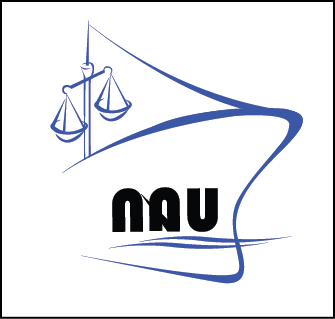This is the third guest article written by L M Mohamed Ismail1. We thank Ismail for this wonderful article and look forward to seeing more such contributions from him and others.
- History reveals that the first form of insurance along with bonds or even ART (Alternative Risk Transfer), originated from the marine sector. The principle of GA or General Average complements this theory. Shipping has come a long way since the days of the sailing ships, and it can be safely said that containerization has catalyzed economic globalization. Economies of Scale together with the just in time concept made goods more affordable for the man in the street as costs were brought down with efficient means of transportation.
- Like the opposite end of the see-saw, lower cost and efficient modes of transportation fueled economic growth, the risks associated with the movement of goods increased. These came in the form of both natural calamities like the 2004 Tsunami, the Kobe earthquake in 1995 or the man-made tragedies like the 2015 Tianjin explosion or the recent Beirut port explosion in 2020. A good number of vessels also sank because of fire or other natural / man-made causes.
- The first container ship, The Ideal X, a converted tanker, in 1955, carried 58 containers. Today, the largest purpose-built containership operated by Hyundai Merchant Marine, The HMM Algeciras, can carry a whopping 24,000 containers. In economic terms, if fully loaded, the cargo carried by this single vessel can exceed USD2.4 billion.
- It is interesting to note that marine cargo insurance premium has become so affordable that it now forms a negligible component of the sale. As an example,in 1975, it used to cost an exporter a premium of USD15,000 for a shipment valued at USD1,000,000. Today the same cargo can be insured for a premium of USD1,000.
- In 2018, Maersk Honam, a brand-new mega containership capable of carrying nearly 15,226 containers caught fire. Unfortunately, four crew members lost their lives, and one crew member is still unaccounted for. The vessel was then carrying 7860 containers when it caught fire in the Arabian Sea, about 900 nautical miles west of the coast of India. It took days to bring the fire under control and the cost to do so ran into millions of dollars. Under the age-old concept of General Average i.e., all those who benefited from the safe arrival of the vessel and goods, must share in the cost of saving the adventure. The estimated amount that each cargo owner had to pay for the Maersk Honan2 incident was calculated to be 54% of the cargo value. In real terms the shipper of USD100,000 goods would have to fork out a colossal amount of USD 54,000/- both for GA and salvage. If the cargo was insured, these amounts would have been footed by their cargo insurers.
- Industry experts estimate that 30% of the containers carried on board the Maersk Honam were uninsured. Most of the uninsured cargo owners would have abandoned their cargo in Dubai, where the vessel sought refuge. While an uninsured cargo interests has definitely saved on premium costs, they have an enormous exposure to GA and Salvage Claims. It’s clearly a case of being penny wise and pound foolish.
- Apart from the Maersk Honam incident there has been a number of similar losses. Insurer TT Club wrote last year, “Sources suggest that container fires may occur on a weekly basis and statistics indicate there is a major container cargo fire at sea roughly every 60 days.” With such wide-ranging evidence available it’s time that cargo owners safeguard their capital by having their cargo insured. Ignorance will surely impair their balance sheets.
- The interesting question is why shippers are omitting to insure their goods? One of the common fallacies of the shippers is that the carrier is liable for any loss occurring during transit. The fact is that carrier’s contract on the basis of terms which entitle them to exclude or limit liability either on the basis of compulsorily applicable carriage conventions or contractual provisions. Accordingly, carriers in most instances would have defences to cargo claim arising during transit such that cargo interests may have to deal with the loss by themselves.
Given the potential exposures and the negligible costs in insuring such risks, it would make sense for cargo interests to seek an appropriate cover failing which losses such as The Maersk Honam will continue to put them on severe economic stresses and which may also affect their business.
_____________
1. L M Mohamed Ismail,a marine insurance broker employed with Acclaim Insurance Brokers Pte Ltd and is involved in various classes of marine insurance. He can be reached at ismail@acclaim.com.sg.
2. The incident report for the Maersk Honam fire can be downloaded at https://www.mot.gov.sg/docs/default-source/default-document-library/final-report_mib-mai-cas-035—fire-on-board-srs-maersk-honam-on-6-march-2018.pdf


